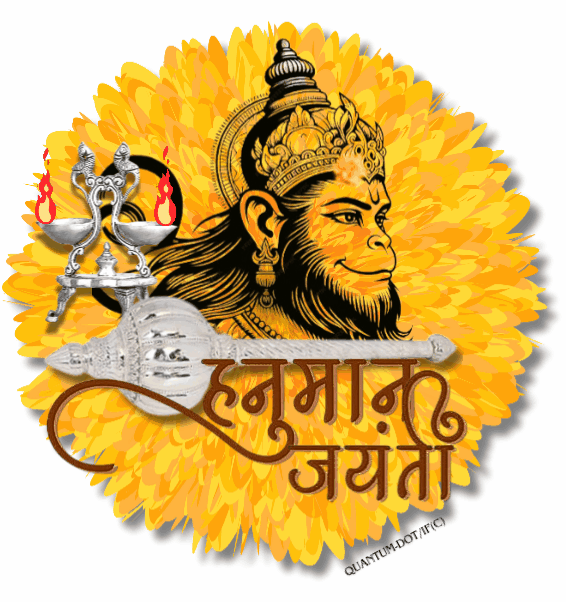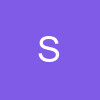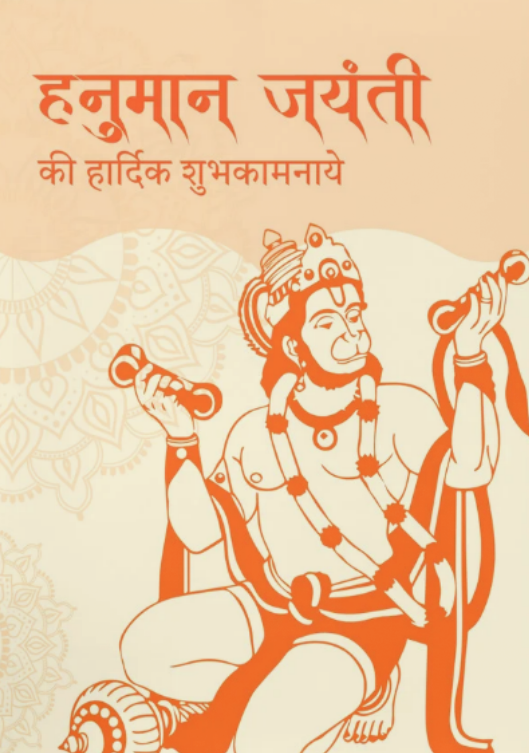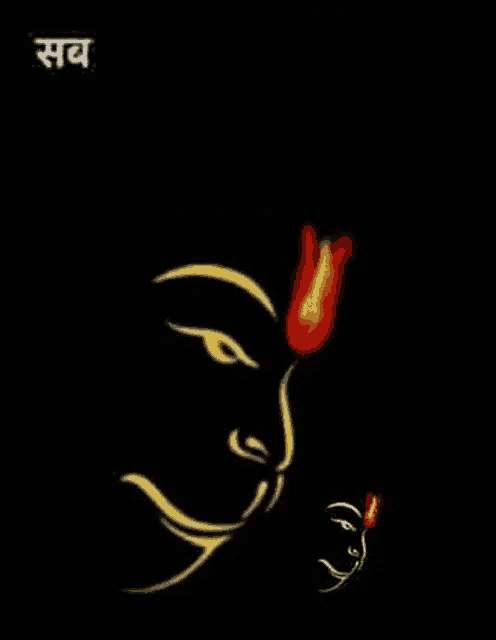
On the sacred occasion of Hanuman Jayanti, we pay homage to one of the most iconic figures in Indian mythology—Lord Hanuman, whose divine presence bridges the Treta and Dwapar Yugas.
Born to Anjana and Kesari and blessed by Vayu Dev, Lord Hanuman’s birth was divinely orchestrated to serve the purpose of dharma. From the moment of his birth, he exhibited extraordinary strength, curiosity, and a deep spiritual connection to the divine. He is called Bajrangbali because his body (bajrang) is as strong as thunder (vajra), symbolizing unmatched physical might and divine resilience.
In the Ramayan, Hanuman emerges as the embodiment of devotion, strength, and wisdom. His unflinching loyalty to Lord Rama, his daring leap across the ocean to find Sita, and his crucial role in the battle against Ravana have immortalized him as the ultimate sevak of dharma. Yet, Hanuman’s journey does not end with the Ramayan.
In the Mahabharat, he reappears as a silent guardian of righteousness—blessing Bhima, his spiritual brother, with humility, and later adorning Arjuna’s chariot flag during the Kurukshetra war as Kapidhwaja, symbolizing divine protection and cosmic strength.
Bajrangbali Hanuman is not confined to a single epic; his arc transcends time, reminding us that true devotion and service to righteousness endure across ages.
In moments of fear and doubt, remembering Bajrangbali's unwavering courage reminds us that true strength lies in surrender to righteousness. His tales teach us that with devotion and inner conviction, even the fiercest storms can be conquered.
On Hanuman Jayanti, we celebrate not just his birth, but his eternal presence in the saga of dharma.

















 हनुमान जन्मोत्सव की हार्दिक शुभकामनाये!!
हनुमान जन्मोत्सव की हार्दिक शुभकामनाये!!































